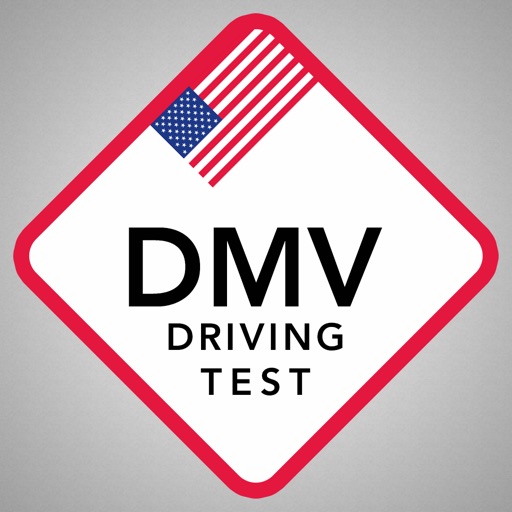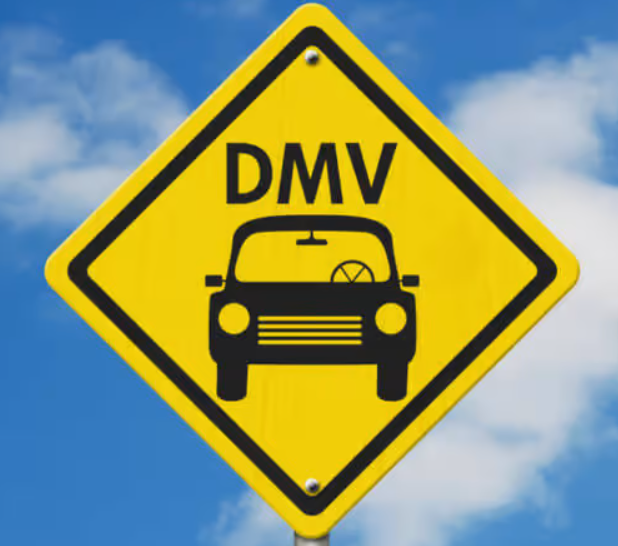- Alabama
- Alaska
- Arizona
- Arkansas
- California
- Colorado
- Connecticut
- Delaware
- District of Columbia
- Florida
- Georgia
- Hawaii
- Idaho
- Illinois
- Indiana
- Iowa
- Kansas
- Kentucky
- Louisiana
- Maine
- Maryland
- Massachusetts
- Michigan
- Minnesota
- Mississippi
- Missouri
- Montana
- Nebraska
- Nevada
- New Hampshire
- New Jersey
- New Mexico
- New York
- North Carolina
- North Dakota
- Ohio
- Oklahoma
- Oregon
- Pennsylvania
- Rhode Island
- South Carolina
- South Dakota
- Tennessee
- Texas
- Utah
- Vermont
- Virginia
- Washington
- West Virginia
- Wisconsin
- Wyoming
What Is Driver's Handbook?
A driver's handbook is a comprehensive guide to the rules of the road and safe driving practices. It is typically published by the Department of Motor Vehicles (DMV) in each state, and it is required reading for anyone who wants to obtain a driver's license.
The driver's handbook covers a wide range of topics, including:
- The different types of driver's licenses and how to obtain them
- The rules of the road, such as traffic signs and signals, speed limits, and right-of-way
- Safe driving practices, such as how to handle hazardous conditions and how to avoid accidents
- The consequences of violating traffic laws, such as fines, points, and license suspension
The driver's handbook is an essential resource for anyone who wants to be a safe and responsible driver. It is important to read and understand the handbook before taking the driver's license test, and it is a good idea to review it periodically throughout your driving career.
Here is a more detailed overview of some of the topics covered in the driver's handbook:
Types of Driver's Licenses
There are different types of driver's licenses, depending on the type of vehicle you want to drive and your age. The most common type of driver's license is the Class C license, which allows you to drive passenger vehicles, such as cars and SUVs. Other types of driver's licenses include:
- Class M license: Motorcycles
- Class A license: Commercial vehicles, such as trucks and buses
- Class B license: School buses and other passenger-carrying vehicles
- Class C license with endorsements: Allows you to drive certain types of vehicles, such as trailers and hazardous materials vehicles
Rules of the Road
The rules of the road are designed to keep drivers and pedestrians safe. These rules include traffic signs and signals, speed limits, and right-of-way.
Traffic signs and signals provide important information to drivers, such as speed limits, stop signs, and yield signs. It is important to obey all traffic signs and signals.
Speed limits are set in place to protect drivers and pedestrians from accidents. Speeding is one of the leading causes of traffic accidents, so it is important to obey the speed limit at all times.
Right-of-way refers to the order in which vehicles and pedestrians have the right to use the road. In general, vehicles traveling on the through road have right-of-way over vehicles on side roads. Pedestrians also have right-of-way over vehicles when crossing the street at a crosswalk.
Safe Driving Practices
There are a number of safe driving practices that drivers should follow to reduce their risk of being involved in an accident. Some of these practices include:
- Buckling up your seat belt every time you get in the car.
- Avoiding distracted driving, such as talking on the phone or texting while driving.
- Driving defensively and being aware of your surroundings.
- Driving under the influence of alcohol or drugs.
Consequences of Violating Traffic Laws
Violating traffic laws can have serious consequences, including fines, points on your driver's license, and even license suspension. In some cases, violating traffic laws can also lead to jail time.
It is important to obey all traffic laws to avoid these consequences and to keep yourself and others safe on the road.
In addition to the topics covered above, the driver's handbook also includes information on the following:
- Vehicle maintenance and safety
- How to handle emergencies
- How to deal with traffic stops
The driver's handbook is a valuable resource for all drivers, regardless of their experience level. It is important to read and understand the handbook before taking the driver's license test, and it is a good idea to review it periodically throughout your driving career.
How to use the driver's handbook
The driver's handbook is a comprehensive resource, so it can be helpful to have a plan for how you are going to use it. Here are a few tips:
- Start by reading the overview of the handbook. This will give you a good understanding of the different topics that are covered.
- Focus on the topics that are most relevant to you. For example, if you are just starting to learn how to drive, you may want to focus on the chapters on the rules of the road and safe driving practices.
- Don't try to read the entire handbook in one sitting. Break it down into smaller chunks and read it over a period of time.
- Take notes as you read. This will help you to remember the information.
- Review the handbook periodically, especially before taking the driver's license test or if you are going to be driving in a new area.
Conclusion
The driver's handbook is an essential resource for all drivers. It is important to read and understand the handbook before taking the driver's license test,


